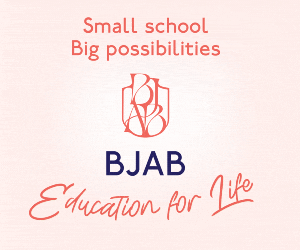Colombo is surely your first port of call when visiting Sri Lanka. It is the most vibrant and ethnically diverse city of the island, definitely worth a visit! After a long civil war, which ended in May 2009, the country is open again to tourism, and relieved locals are very welcoming. If you land at Colombo airport at the weekend you will notice the heavy flow of people travelling in and out. According to my driver, this is a positive sign since it means the population is finally enjoying the freedom to move safely again and enjoy day trips.
At first sight Colombo may appear chaotic and noisy but you will easily find some quiet and peaceful spots, such as the posh Cinnamon Gardens with its villas and rich mansions. The rich colonial past is soon evident in places where the Portuguese, Dutch and British left their mark on the country’s heritage. The Church of Wolvendaal is a good place to start a historical tour. Large enough for a thousandstrong congregation, construction on the church began in 1749, and it took eight years to finish it. It was dedicated for public worship by Reverend Matthias Wirmelskircher, Rector of the Colombo Seminary. It is built in the form of a Greek cross in the Doric style, with walls nearly five feet thick. The dome was originally arched with brick and surmounted with a brass lion. The lion had a crown on its head, a sword in one hand and seven arrows in the other, representing the seven united provinces of the Dutch Republic.
For getting around, take the iconic tuk-tuk tricycle taxi and head for the popular colourful market area of Pettah, where you can browse for the best silk masterpieces and craft objects. And don’t miss the ‘Dutch’ Kayman’s Gate Bell, which dates back to the 16th century. Going back to the fort area you will discover a nice courtyard, redolent of 17th century Dutch architecture, with the oldest building in the area. It served as the Fort Police Station during the 1980s and 1990s. Renovated by the Defence and Urban Development Ministry, it now adds a plash of colour to the city.
If you want a deeper insight into the Dutch cultural background, the Dutch Museum on Prince Street will help. It was built by the Dutch governor Thomas van Ree during the 17th century and later used as a military hospital. To complete the ‘colonial’ tour, the Parliament building reflects the grandeur of the period, while the Colombo National Museum helps to understand Europe’s former role in the country. The museum was founded by Sir William Henry Gregory, the British Governor of Ceylon (Sri Lanka). Housed in a fine colonial-era building, it is famous for its collections of ancient royal regalia; Sinhalese art work, (carvings, sculptures, etc.) antique furniture, chains and Ola manuscripts. It contains more than 4,000 palm leaf manuscripts and ancient medieval jewellery.
Had enough of culture? For a relaxing moment the central five-star Hotel Cinnamon Grand is your oasis within the city. Admire the sun setting on the ocean, as you take a walk on the Galle Face Green, the city’s best promenade with its tasteful street food and lively vendors – this is certainly authentic Sri Lanka.
After a few days in the big city, you might want to relax on a romantic beach. Not far from Colombo, only an hour’s drive away, you will find Negombo. Famous for its luxury beach hotels and pretty lagoon, this little city is also well-known for its typical fish market where you can admire the fishermen’s gesticulations and inhale the fascinating olfactory sensations of this mysterious land.
A last suggestion, if you have time left, head for the coastal city of Galle. Must-see sights are the stunning and well-preserved fortification and also the old capital Kandy’s royal complex with its sacred Temple of the Tooth, housing one of Buddhism’s most sacred relics (including the tooth of the Buddha) – this is a serious magnet for followers of the Buddhist faith from all over the world.







